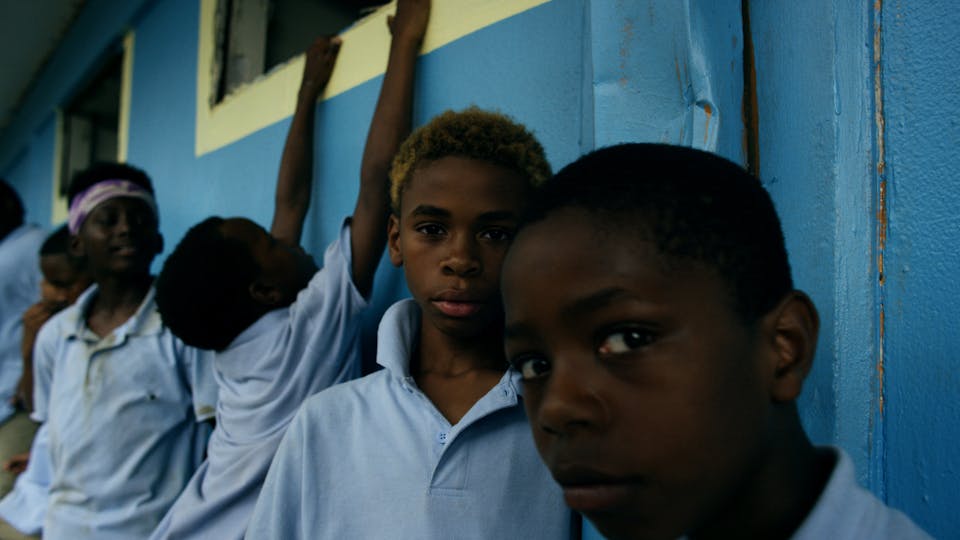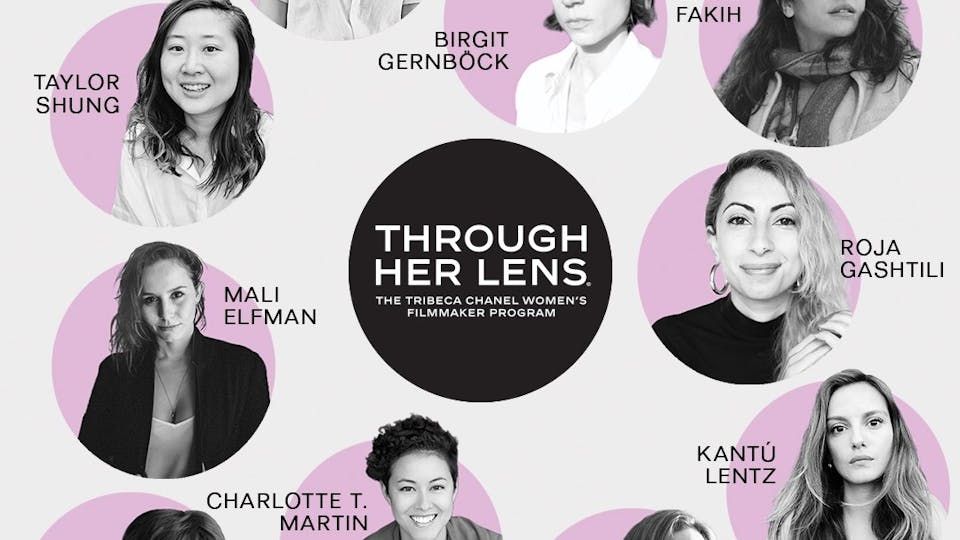Beautiful Data - Bringing Data and Storytelling Together

This is the second post in a series of guest posts from Ingrid Kopp, the U.S. Director of Shooting People. Ingrid, who leads workshops on film, social media, engagement, and technology as part of her work at Shooting People, will be discussing how the latest trends in technology are changing and shaping the filmmaking process.Follow Ingrid’s latest Tweets at @fromthehip.
At the 2010 BAVC Producers Institute for New Media Technologies, a Google developer, Eric Doversberger, gave a fascinating talk about data and the stories it can tell. Other speakers went so far as to say that all stories are, in fact, data. Judith Helfand, a filmmaker and co-founder of Chicken & Egg Pictures asked the question that was on the minds of many of the filmmakers in the room: “Is data storytelling? I don’t make data. I tell stories.” Raw data is a bit like random words on a page. Somebody needs to shape it and craft it into something meaningful. But it can be done – there are some very powerful examples of beautiful data on the web that should inspire filmmakers. You could think about new ways to use data in your films. You could also think about how to take your story and the information it contains to another level using data on your website or outreach initiatives for example. And I’m not talking about boring tables with lists of dry figures here. This ain’t your grandmother’s data!
So what can data do exactly? Buckle up and explore these examples:
Jonathan Harris and Sep Kamvar created We Feel Fine to “harvest” human feelings. They pull data from blogs across the web every time someone says “I feel” or “I am feeling.” Using a series of different interfaces you can find out the answers to specific questions. Here are some examples they give on their website: “Do Europeans feel sad more often than Americans? Do women feel fat more often than men? Does rainy weather affect how we feel? What are the most representative feelings of female New Yorkers in their 20s? What do people feel right now in Baghdad? What were people feeling on Valentine's Day? Which are the happiest cities in the world? The saddest?” And so on.
Ushahidi is an open source crisis mapping project that was initially developed to report information about the post-election violence in Kenya in 2008. The application can be downloaded for free and had been used all over the world, from documenting xenophobic attacks against immigrants in South Africa, to tracking the post-earthquake crisis and recovery in Haiti earlier this year.
What is the Ushahidi Platform?UshahidiUshahidiVimeo.
Aaron Koblin has a real knack for showing huge amounts of information in attention-grabbing ways. I often use his Sheep Market project in workshops to show how powerful crowdsourcing on the web can be – and also to talk about the dark and possibly exploitative elements of this global and sometimes rather desperate workforce (I’m not always a digital utopian). For the Sheep Market, Koblin used Amazon’s Mechanical Turk to pay 0.02 ($USD) to "draw a sheep facing to the left." The incredible thing is that he got 10,000 people to do this.

We all know there are a lot of Walmarts in the US but Flowing Data really drive the point home with this map tracking the growth and spread of the uber-store since 1962.

Hans Rosling is a data and statistics rockstar. His presentation at TED on myths about the “developing” world is fascinating and is guaranteed to get you excited about how data can help to tell stories (and reveal untruths).
Perhaps you just want to capture data so that you know where your audience is. Brian Chirls has developed CrowdControls to allow filmmakers to do precisely this. As filmmakers increasingly take distribution and marketing into their own hands there are more and more tools emerging that help filmmakers collect information about their audiences, including a whole range of social media monitoring tools.
So how can you use data to tell your stories in new ways? Data can be powerful but if you want to reach a wide audience with the information that you’ve discovered you might want to consider just how you are revealing your data and what kind of story it is telling.
More links and tools on data are available on Ingrid’s Digital Bootcamp Wiki. In her next post, two weeks from now, Ingrid will be looking at the new and thrilling world of Augmented Reality. Also, be sure to check out Ingrid's first post, "Films That Work Like the Web," if you haven't already!






